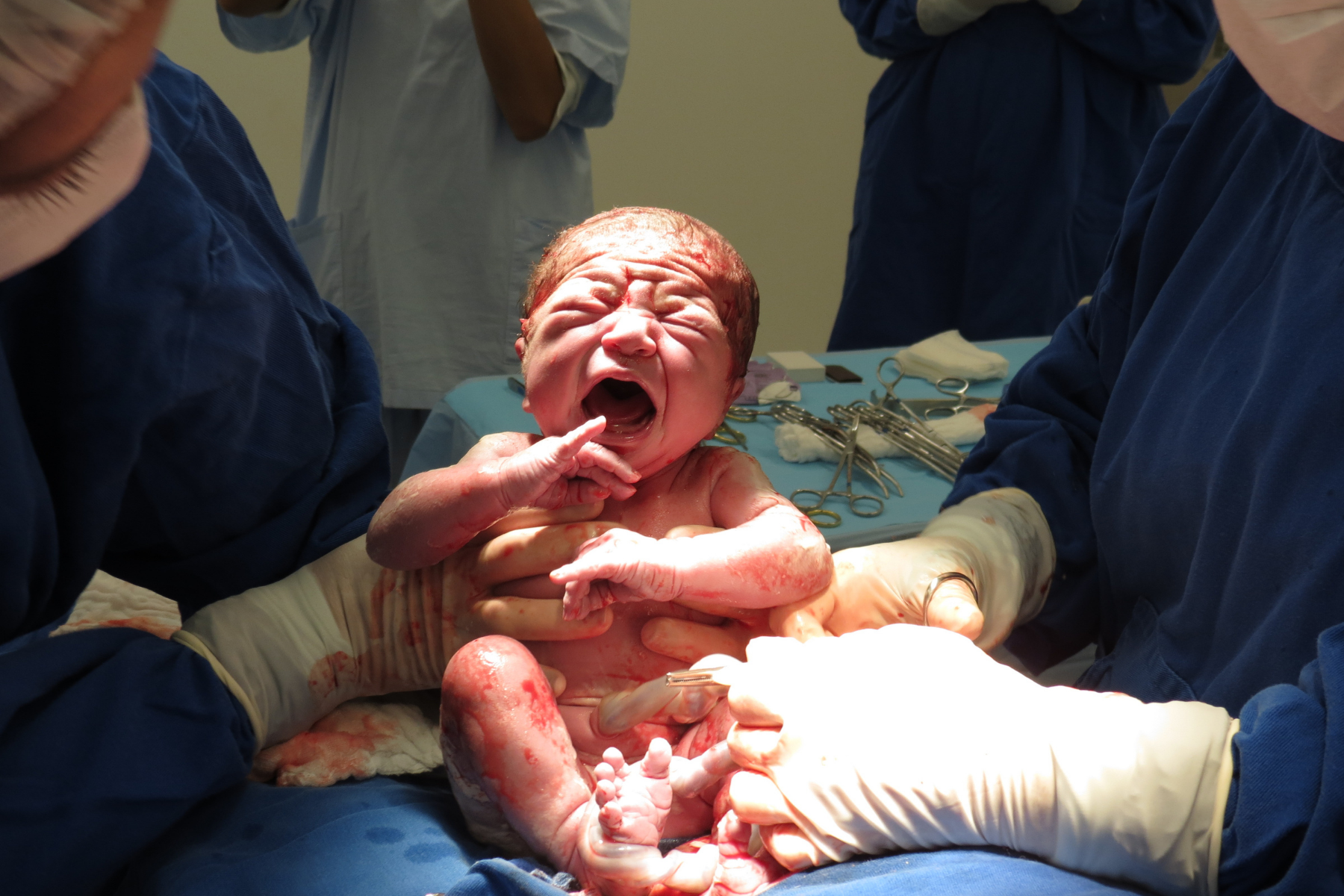With the average birth costing around $4,500 for mothers with insurance, the personal-finance website WalletHub released its report on 2021’s Best & Worst States to Have a Baby.
I recently shared my story about having a baby without insurance after the insurance I had when I got pregnant, United Healthcare, refused to pay for maternity care. (Yes, after years of paying them $500+ a month, they said they wouldn’t cover my maternity care and I couldn’t add it onto my plan.)
After that, I dropped them and went uninsured throughout my entire pregnancy. Believe it or not, it was cheaper to pay out of pocket for 10-months than it was to be added to my husband’s plan. I had to forget about getting insurance because no one would cover me since I was pregnant. Unfortunately, it’s considered a pre-existing condition. (Don’t even get me started.)
For more on my story about having a baby without insurance to save money, click here.
2021’s Best and Worst States to Have a Baby
To determine the most ideal places in the U.S. for parents and their newborns, WalletHub compared the 50 states and the District of Columbia across 31 key measures of cost, health care accessibility, and baby-friendliness. The data set ranges from hospital conventional-delivery charges to annual average infant-care costs to pediatricians per capita.
| Best States to Have a Baby | Worst States to Have a Baby |
| 1. Massachusetts | 42. North Carolina |
| 2. Minnesota | 43. Georgia |
| 3. District of Columbia | 44. West Virginia |
| 4. New Hampshire | 45. Oklahoma |
| 5. Vermont | 46. Nevada |
| 6. North Dakota | 47. Arkansas |
| 7. Connecticut | 48. Louisiana |
| 8. Washington | 49. South Carolina |
| 9. New York | 50. Alabama |
| 10. Hawaii | 51. Mississippi |
Best vs. Worst States to Have a Baby
- Mississippi has the lowest average annual cost for early child care, $4,133, which is 3.8 times lower than in the District of Columbia, the highest at $15,860.
- Alaska has the lowest share of childbirths with low birth weight, 6.30 percent, which is two times lower than in Mississippi, the highest at 12.31 percent.
- The District of Columbia has the most obstetricians and gynecologists (per 100,000 residents), 14, which is seven times more than in Alabama, the fewest at 2.
- Massachusetts has the highest parental leave policy score, 160, while 9 states, such as Alabama, Michigan and South Dakota, tie for the lowest at 0.
To view the full report and your state or the District’s rank, click here.

